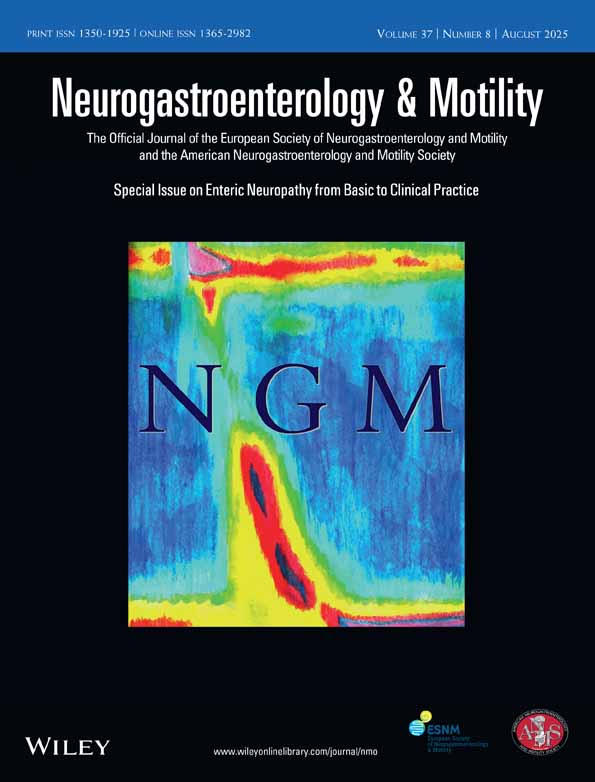Anticholinesterase Activity of Histamine H2-Receptor Antagonists in the Dog: Their Possible Role in Gastric Motor Activity
Abstract
We studied the anticholinesterase activity of three H2-receptor antagonists (cimetidine, ranitidine, and famotidine) in vitro and in conscious dogs with chronically implanted strain-gauge force transducers. In vivo, acetylcholine (ACh) was infused intravenously at a dose of 0.05 mg/(kg · min) for 5 minutes with or without a background continuous intravenous infusion of H2-receptor antagonists or neostigmine during the quiescent period of the interdigestive state. Cimetidine and ranitidine enhanced the ACh-induced contractions in a dose-dependent manner in the gastric antrum, whereas famotidine did not. In vitro, the median inhibitory concentration (IC50) of the acetyl-cholinesterase activity of ranitidine was 3.5 × 10−6 M, and that of cimetidine 2.5 × 10−4 M, whereas famotidine had no effect on cholinesterase activity even at concentrations up to 10−3 M. The effects of a bolus intravenous injection of the three H2-receptor antagonists on gastric motor activity also were examined in the digestive state. Cimetidine at 10.0 mg/kg and ranitidine at 3.0 mg/kg significantly increased gastric motor activity. This dose of ranitidine, however, sometimes caused the dogs to collapse and significantly decreased blood pressure in the anesthetized dogs. In conclusion, the H2-receptor antagonists cimetidine and ranitidine enhanced gastric motor activity through the mechanism of their anticholinesterase activity, but further studies on gastric emptying and the circulatory system are needed.




